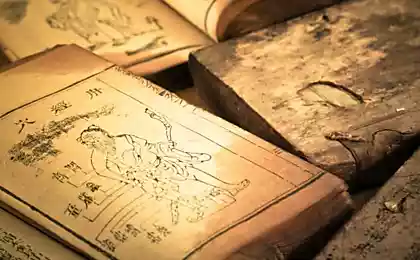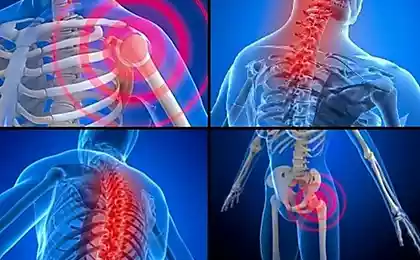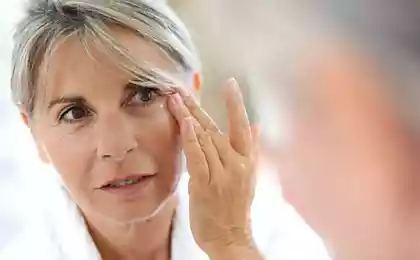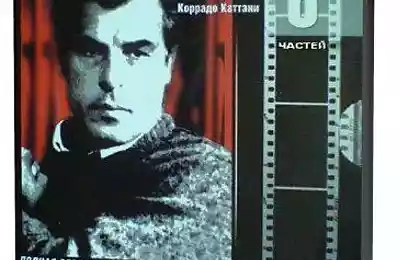973
Acupuncture
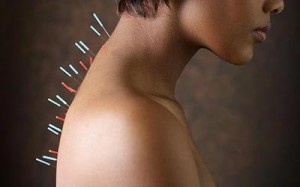
Acupuncture is one of the oldest, most commonly used medical procedures in the world. Originating in China more than 2,000 years ago, acupuncture started to become more famous in the United States in 1971, the cord in the New York Times, James Reston wrote about how doctors in China used needles to relieve pain in the abdomen after surgery. Studies show that acupuncture is helpful in treating various health conditions. In the last two decades, acupuncture has grown in popularity in the United States. Harvard University study, published in 1998, it is estimated that Americans made more than five million visits per year to an acupuncturist. NIH funds a number of research projects on acupuncture. Several processes have been proposed to explain the efficacy of acupuncture, primarily on pain. Acupuncture points are believed to stimulate the central nervous system (brain and spinal cord) to release the chemicals in the muscles, spinal cord and brain. These chemicals either alter the sensation of pain or other free chemicals, such as hormones that affect the self systems. Biochemical changes may stimulate the body's natural ability to heal and promote physical and emotional how to reset. There are three main mechanisms:
Carrying out electromagnetic signals: Western scientists have found evidence that acupuncture points are strategic conductors of electromagnetic signals. Stimulation of these points along the paths through acupuncture enables electromagnetic signals to be transmitted to a greater extent than in normal conditions. These signals may start the flow of pain-killing biochemicals such as endorphins.
Activation of opioid systems: Studies have shown that several types of opioids may be released in the central nervous system during acupuncture treatment, thereby reducing pain.
Changes in brain chemistry, sensation and involuntary body functions: Studies have shown that acupuncture may alter brain chemistry by changing the release of neurotransmitters and neurohormones. Acupuncture can also affect the parts of the central nervous system related to sensation and involuntary body functions. Acupuncture as a therapeutic intervention is widely practiced in the United States. Although there have been many studies of its potential utility gives ambiguous results due to sample size and other factors. The problem is compounded by the objective difficulties in the use of appropriate controls, such as placebo and simulation groups. However, there are promising results, such as help in the treatment of drug addiction, stroke rehabilitation, headache, menstrual cramps, etc. Further research is likely to uncover additional areas where acupuncture is a suitable means of treatment.

